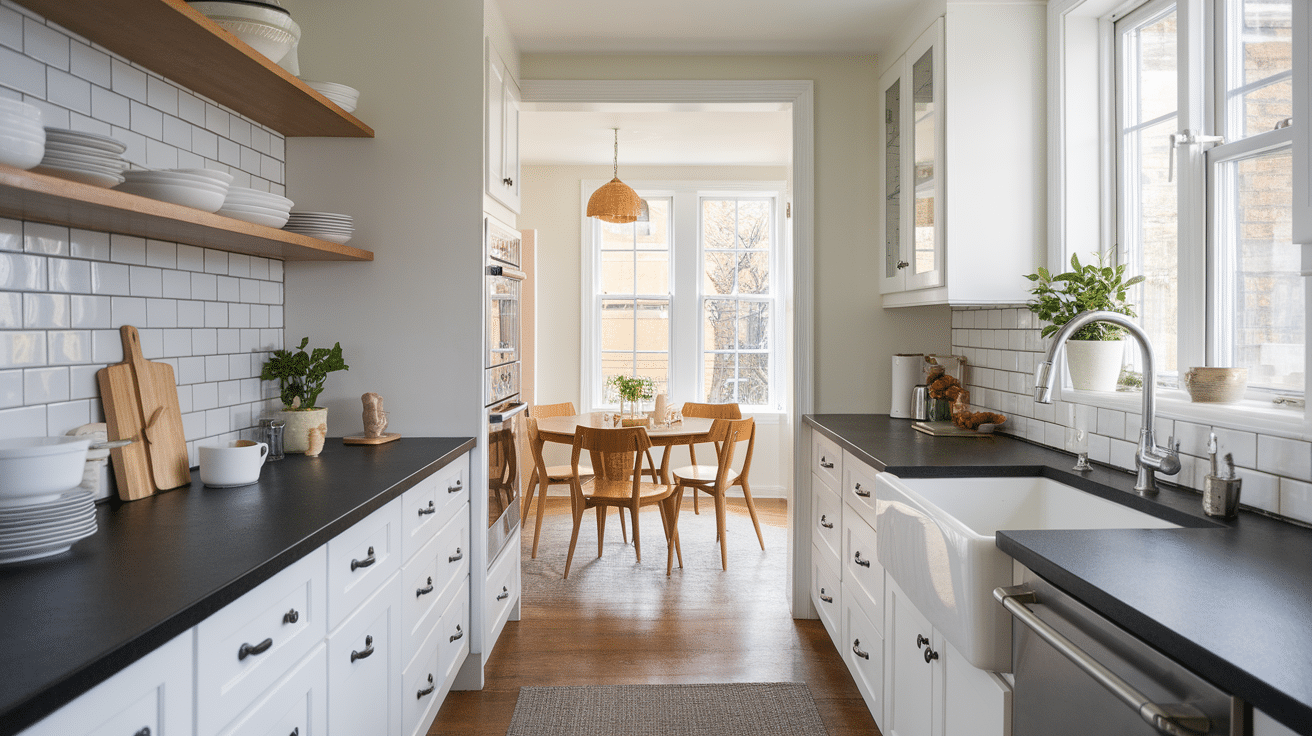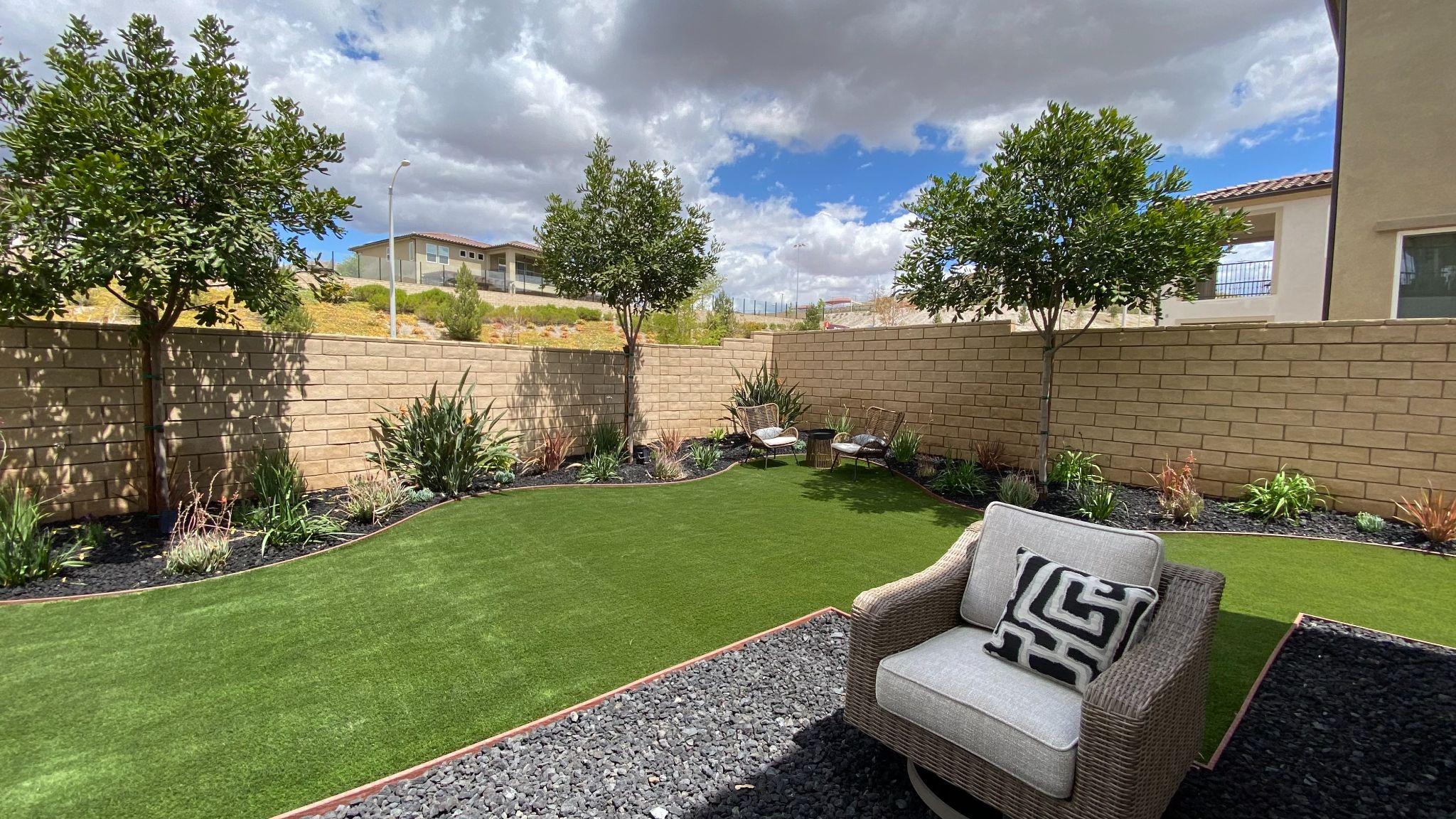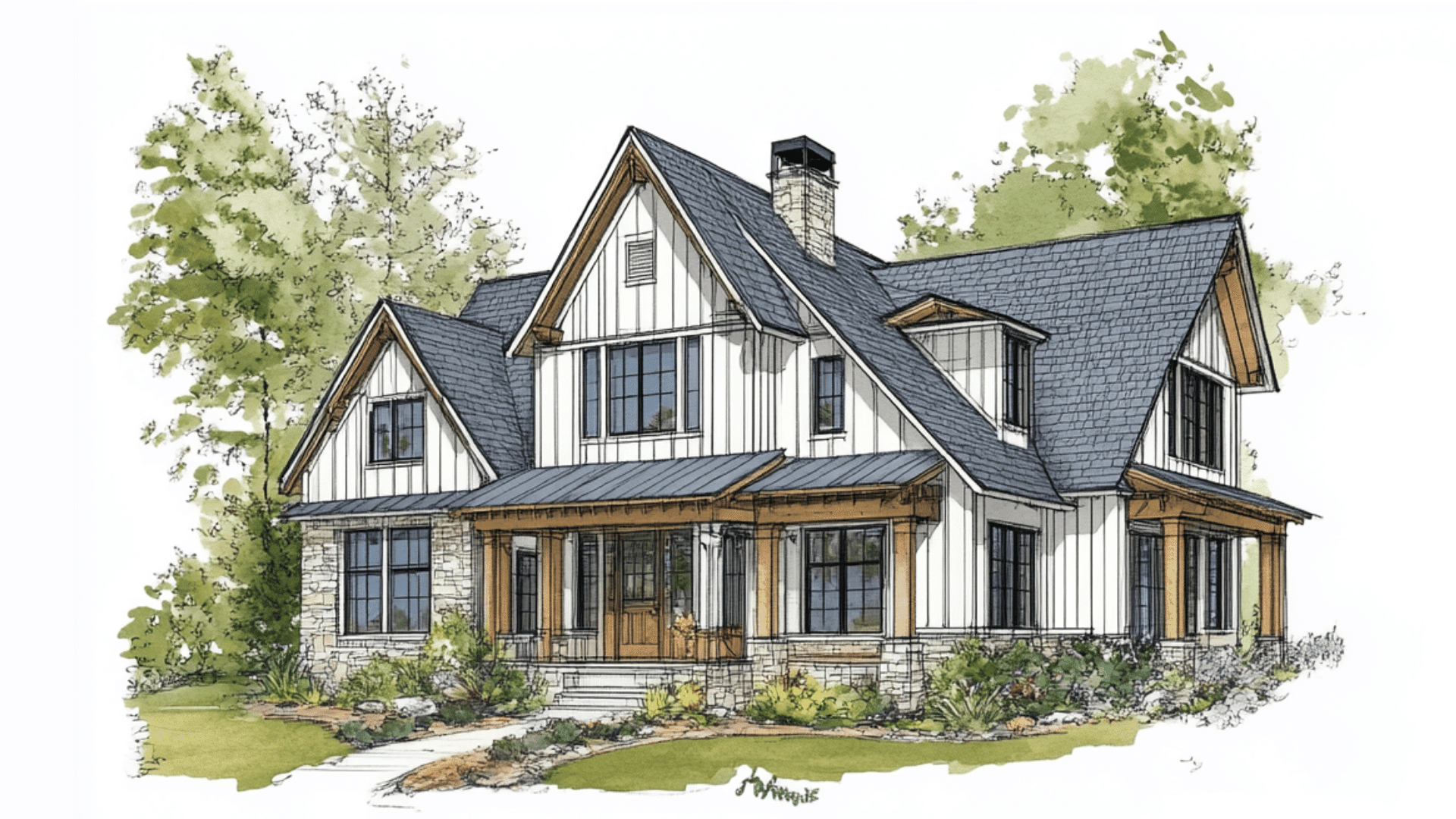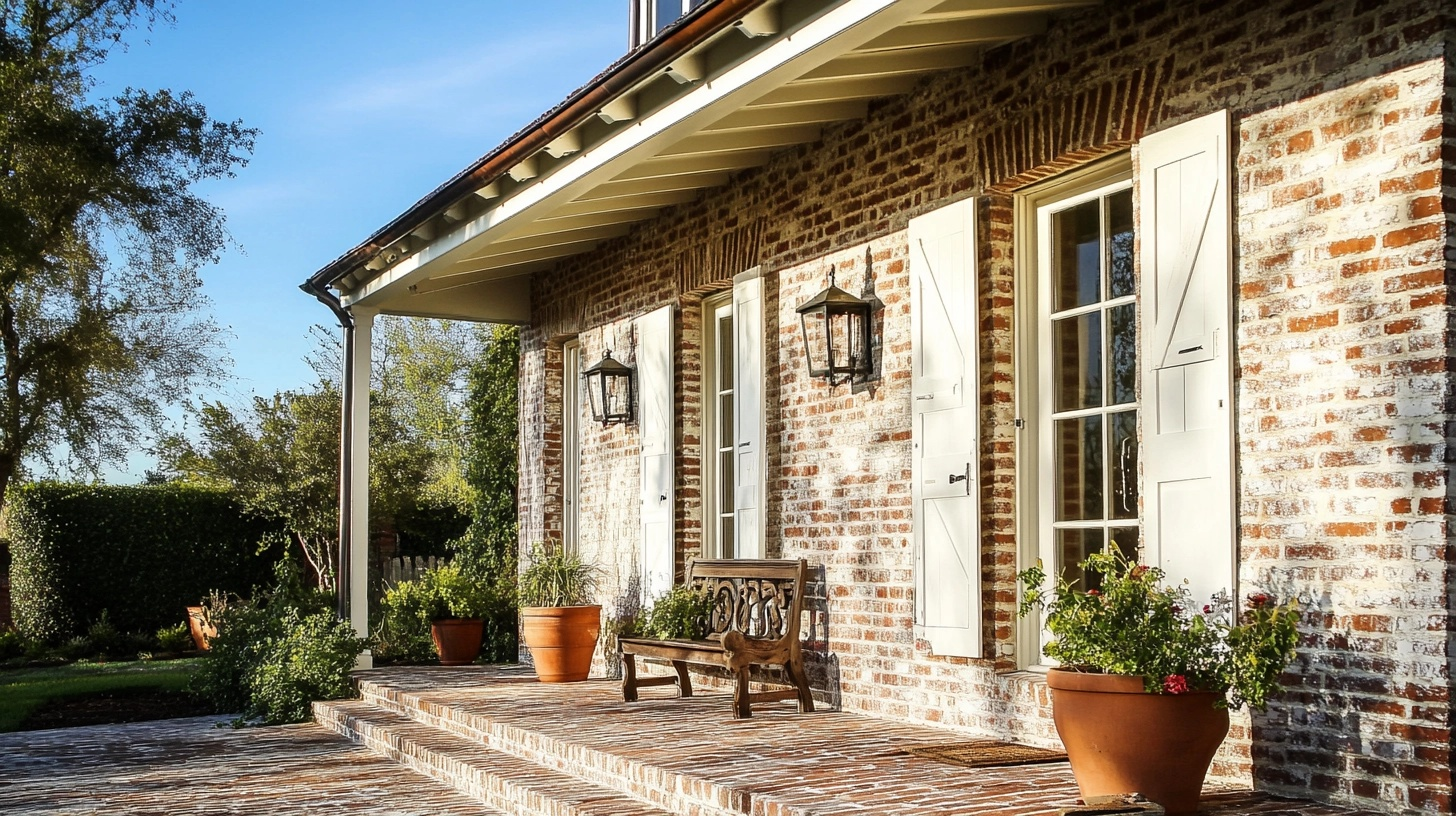Complete Kitchen Renovation Checklist for Your Home
Renovating your kitchen can change not just a room but your entire home experience.
This guide will walk you through every essential stage of kitchen renovation, from initial planning to long-term maintenance.
If you’re struggling with outdated cabinets or inefficient layouts or want a fresh look, our checklist approach breaks down this complex project into manageable steps.
We’ll cover realistic budgeting, smart material choices, common pitfalls to avoid, and timeline expectations that help you plan effectively.
By following this structured approach, you’ll:
- Save time
- Reduce stress
Create a kitchen that balances beautiful design with practical functionality—without unexpected complications derailing your vision or your budget.
Key Steps in the Kitchen Renovation Process
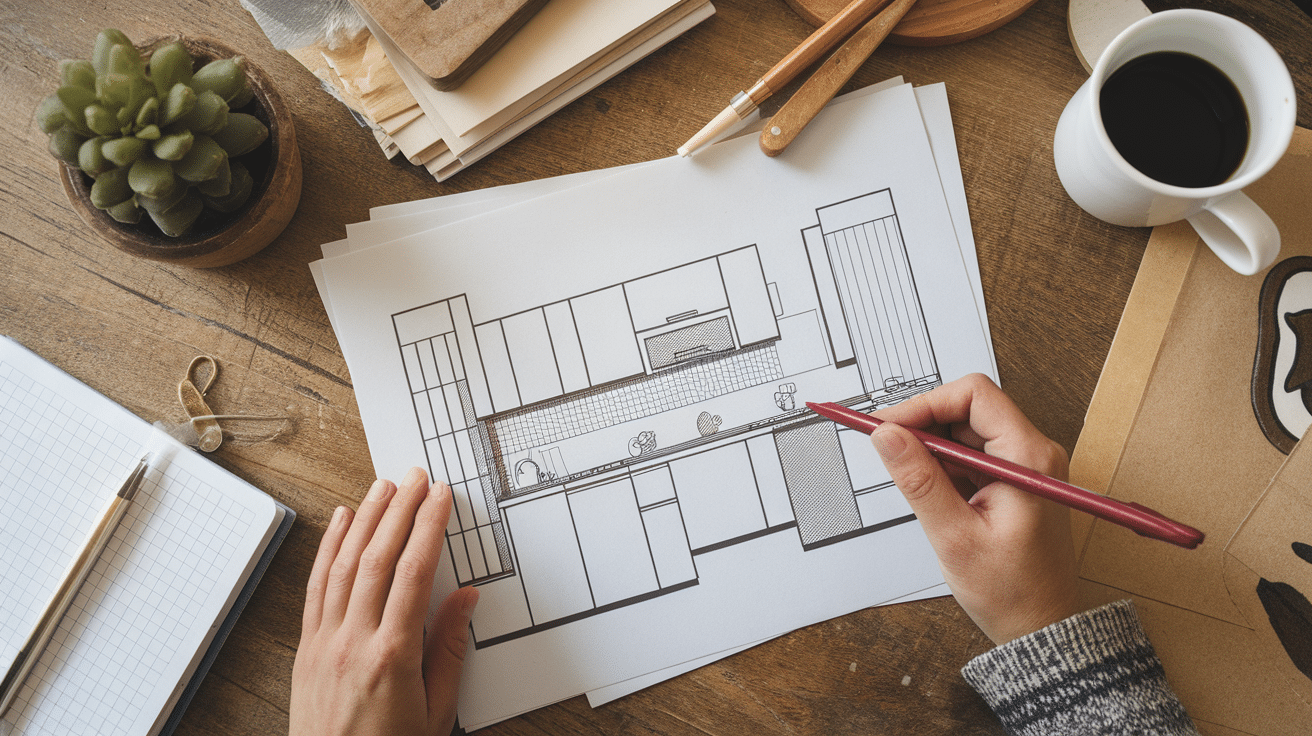
Breaking down your kitchen update into clear steps helps make the whole process less stressful.
Each stage builds on the last, guiding you from basic ideas to a finished kitchen you’ll love using every day.
Step 1: Define Your Goals and Priorities
Figure out what you really need in your kitchen.
Make a list of must-haves, like more storage space, better lighting, or an eating area.
Think about what bothers you most about your current kitchen and what would make daily cooking easier.
Choose a style that matches your home’s overall look. Consider whether you prefer clean lines, warm wood tones, or bright colors.
Step 2: Set a Realistic Budget
Work out how much you can spend on your kitchen update.
Most experts suggest setting aside 10-15% extra for surprise costs that often come up during home projects.
Get quotes from different stores and contractors to compare prices.
Look for good value rather than just the cheapest option. Quality materials last longer and can save you money over time.
Step 3: Choose Your Design Style and Layout
Pick a kitchen layout that works with your space and how you cook.
Common layouts include L-shaped, U-shaped, galley, or island kitchens.
Make sure there’s enough room between counters, appliances, and cabinets so people can move around easily.
The sink, stove, and fridge should form a work triangle that makes cooking smooth and simple.
Step 4: Source Materials and Appliances
Choose your main kitchen parts: cabinets, countertops, flooring, backsplash, lighting, and appliances.
These items will set the tone for your whole kitchen.
To find the best deals, shop at big home stores, local shops, online retailers, and outlet stores.
Ask friends who’ve done kitchen updates where they found good materials at fair prices.
Step 5: Hire Contractors and Plan for Installation
Find good workers by asking friends for names, reading online reviews, and checking past work.
Always get at least three quotes, and make sure each contractor has proper licenses and insurance.
Check what building permits you need before starting work. A typical kitchen update takes 4-8 weeks, depending on the size of the changes and whether any special items need to be ordered.
Detailed Kitchen Renovation Checklist
Having a comprehensive checklist ensures you won’t overlook critical steps during your kitchen renovation.
This organized approach divides tasks into logical phases, helping you track progress and maintain control throughout the project.
Pre-Renovation Phase

The pre-renovation phase establishes your project’s foundation.
Assess your current kitchen and measure the space.
Research designs and set a realistic budget with a 15-20% contingency.
Select contractors based on references and reviews.
Finalize your design plans and order materials, especially long-lead items. Arrange a temporary kitchen and secure necessary permits before work begins.
Renovation Phase
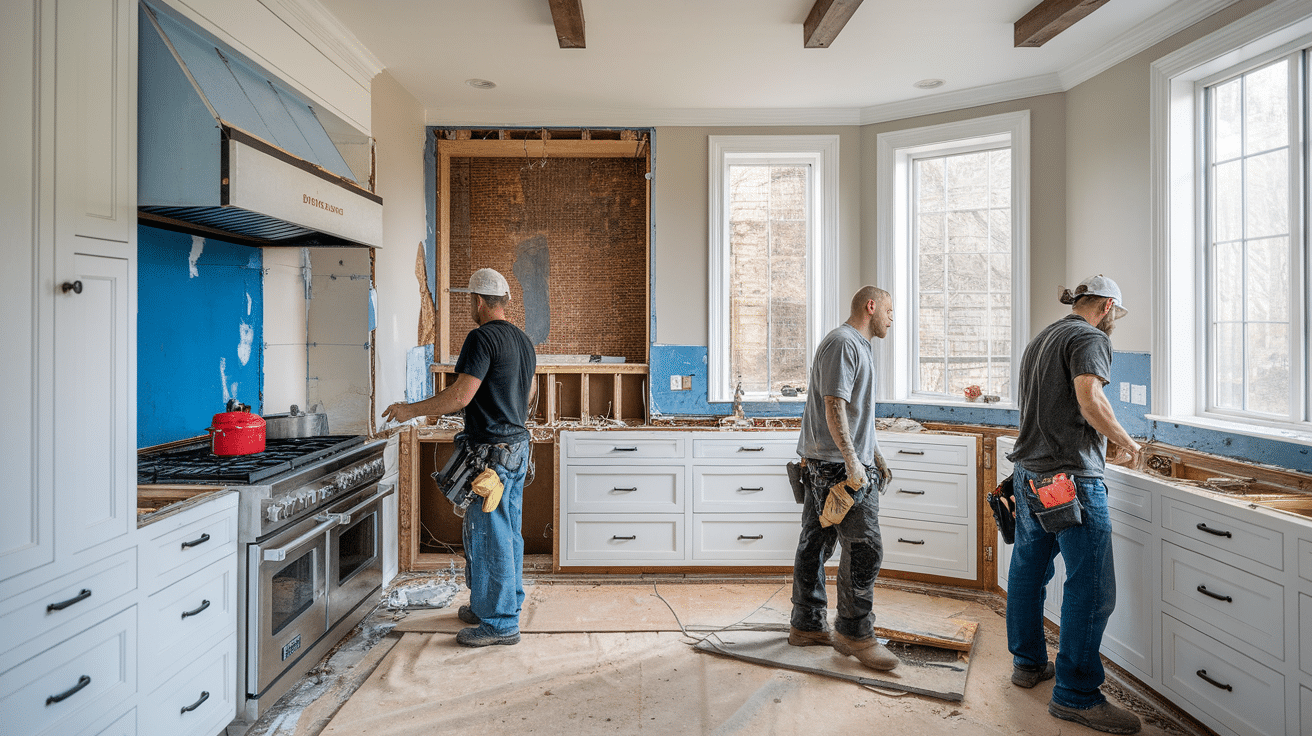
During renovation, protect adjacent rooms from dust and debris.
Oversaw demolition, rough plumbing, and electrical work, ensuring they pass inspections.
Monitor cabinet installation for proper alignment and coordinate countertop measurements and installation.
Supervise backsplash installation and finish work.
Schedule appliance delivery at the appropriate stage and verify that all lighting fixtures function properly.
Post-Renovation Phase
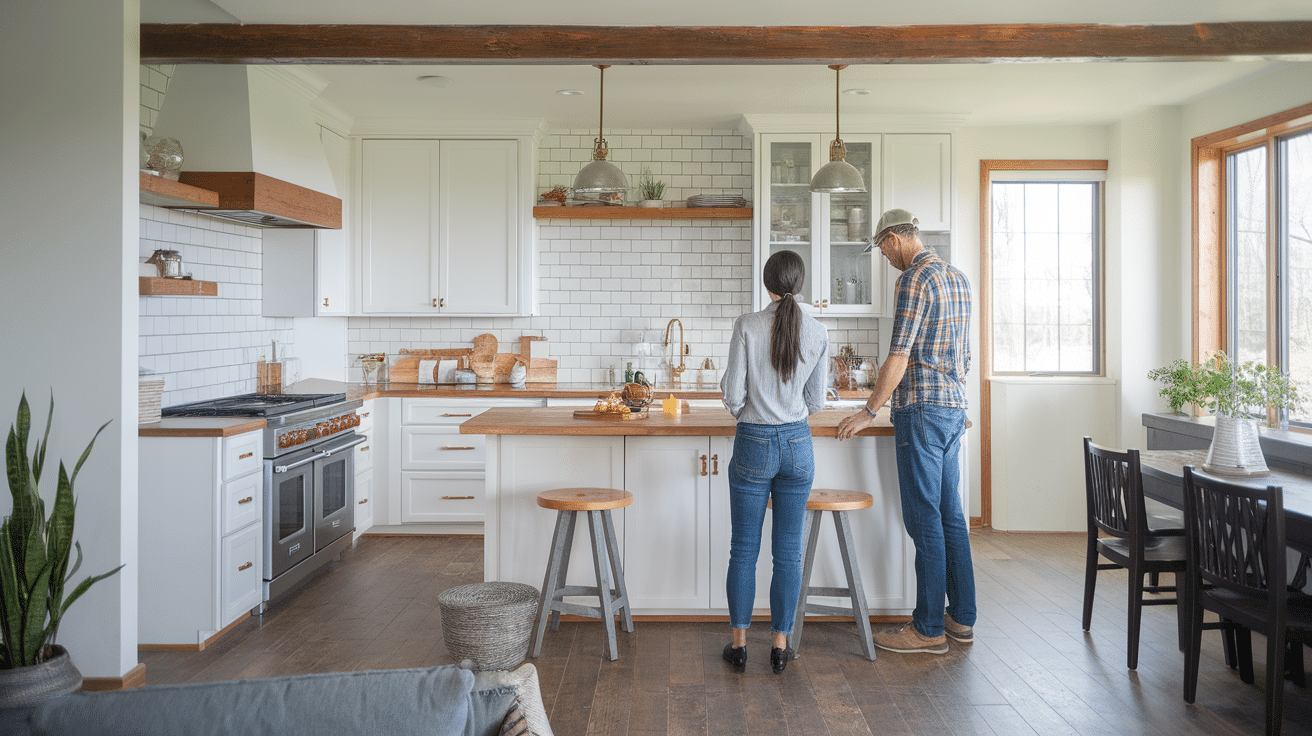
After renovation, conduct a thorough inspection with your contractor to create a “punch list” of remaining items.
Test all components to confirm proper operation.
Clean thoroughly and organize your new space—complete final inspections and payments.
Collect warranty information and appliance manuals.
Document your new kitchen for insurance purposes and establish maintenance routines.
Timeline for a Kitchen Renovation
Planning your kitchen update helps you know what to expect during each step.
Here’s a clear breakdown of timing to help you prepare for the weeks ahead.
Estimated Project Timeline
A typical kitchen renovation takes 6-8 weeks total, and planning and design require 3-6 weeks combined.
Permits take 1-2 weeks. Material ordering needs 3-4 weeks for delivery.
The actual construction phase starts with 2-3 days of demolition, followed by 1-2 weeks of basic construction.
Cabinet and countertop installation takes about a week to complete.
Finishing work, including the backsplash and final touches, requires another week.
What to Expect
The planning stage establishes your vision and budget, preventing costly changes later.
Pre-construction involves material selection while your kitchen remains usable. Demolition brings noise and mess, requiring a temporary cooking space.
During construction, workers will be present daily with some dust despite barriers. The installation phase transforms the space as cabinets and appliances go in.
Finishing work adds the final touches that complete your new kitchen.
Budgeting Tips and Cost-Saving Strategies
Kitchen updates can quickly become costly if not carefully planned.
With thoughtful decisions, you can create a beautiful space without overspending.
Save on Materials
Materials account for most renovation costs. Choose stock cabinets instead of custom ones to save 30-50%.
Consider laminate or butcher block countertops instead of stone. Modern vinyl flooring looks good while costing less than tile.
Shop during holiday sales for better appliance prices. Keeping your existing layout avoids expensive plumbing changes.
Refacing cabinets instead of replacing them can refresh your space affordably.
Labor Costs
Get three detailed quotes from contractors before deciding.
Create clear written agreements to prevent surprise charges. Handle simple tasks yourself, like demolition or painting.
A kitchen designer can prevent costly mistakes despite the upfront fee.
Schedule tradespeople efficiently and stay available to answer questions to avoid delays.
Unexpected Costs
Set aside 15-20% of your budget for surprises.
Hidden issues like water damage or outdated wiring often appear during demolition.
Research permit fees early. Plan for temporary kitchen arrangements during construction.
Consider storage needs and delivery fees when budgeting.
How to Avoid Common Kitchen Renovation Mistakes
Kitchen updates often involve complex decisions that can lead to regrets. Learning from others’ mistakes can help you create a space that works well and stays within your budget.
A successful kitchen renovation requires smart planning to avoid delays and ensure functionality.
Here are key tips to keep your project on track:
Add two weeks to your timeline for unexpected delays, include meal costs during renovation in your budget, and order materials early, especially cabinets.
Get detailed written quotes and check contractors’ previous work before hiring. Test your layout before finalizing plans and create an efficient work triangle (sink, stove, refrigerator).
Ensure adequate counter space for food preparation, plan storage with daily items within easy reach, and install proper lighting over work areas.
Lastly, double-check all measurements before ordering and set up a temporary kitchen before construction starts.
Maintenance Tips for Your New Kitchen
After investing time and money in your kitchen renovation, proper care will keep everything looking fresh and working well for years to come.
Regular maintenance prevents costly repairs and preserves your kitchen’s beauty.
Caring for Your Kitchen Elements
The key to a long-lasting kitchen is knowing how to maintain each component properly.
Different materials require specific care approaches to prevent damage and wear.
- Countertops: Clean stone surfaces with mild soap and water, avoid acidic cleaners on marble, and use cutting boards to prevent scratches
- Cabinets: Wipe wood cabinets with a damp cloth and mild cleaner, tighten hardware every few months, and avoid hanging heavy items on doors
- Appliances: Check seals on refrigerators yearly, clean oven spills promptly, and descale coffee makers and kettles regularly
- Flooring: Sweep or vacuum regularly to prevent scratching, clean spills immediately, and use appropriate cleaners for your floor type
- Sink and Faucets: Wipe dry after use to prevent water spots, clean faucet aerators yearly, and avoid harsh chemicals that damage finishes
Recommended Cleaning Routines
Establishing good habits makes kitchen maintenance easier and prevents buildup of grime and damage over time.
- Daily: Wipe counters, clean the sink, and sweep floors
- Weekly: Deep clean appliance exteriors and backsplash areas
- Monthly: Check under-sink plumbing for leaks and clean inside cabinets
- Yearly: Schedule professional maintenance for major appliances and reseal grout if needed
Conclusion
Taking the time to plan your kitchen update can save you stress, money, and disappointment.
A thoughtful checklist helps you track all the small decisions that add up to a successful project.
From setting a realistic budget and timeline to choosing materials that match your lifestyle, each step matters.
Remember that careful planning prevents common mistakes and helps you create a kitchen that works well for your needs.
Even after completion, proper maintenance keeps your new space looking fresh for years to come.
With these guidelines, you can approach your kitchen renovation with confidence and excitement about the improved space you’ll soon enjoy.

